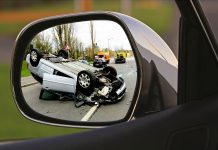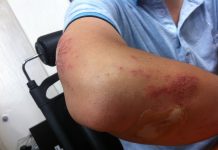If you have been injured in an accident that was caused by another party’s negligence, you may have a valid personal injury claim. One of the most important aspects of building a strong personal injury case is properly documenting evidence to support your version of events and prove liability. Having solid evidence can mean the difference between receiving fair compensation or getting your claim denied.
What Types of Evidence Should I Collect?
There are several key types of evidence you should aim to collect after suffering an injury:
Photographs: Take clear, detailed photos of anything related to the accident scene, your injuries, property damage, unsafe conditions, etc. Photograph injuries from multiple angles and at various stages of healing.
Medical Records: Obtain copies of all medical records related to treatment for your injuries. This includes hospital/ER records, doctor visit notes, invoices, prescriptions, physical therapy notes, etc.
Police Reports: Get copies of any police reports or traffic citations issued after the accident. Police reports contain key details provided by officers who responded to the scene.
Witness Statements: Written or recorded statements from eyewitnesses can provide critical third-party testimony to corroborate your version of events.
Receipts: Keep receipts for all accident-related expenses like medical bills, car repairs, damaged property, prescription medication costs, missed wages, etc.
Videos: Any video footage related to the accident can provide visual evidence. Look for nearby security cameras, cell phone videos, dashboard cameras, etc.
How Should Evidence Be Preserved?
Proper preservation is key to ensuring your evidence remains credible. Here are some tips:
– Store paper documents in labeled folders or envelopes away from potential water damage or other degradation. Consider scanning to create digital copies.
– Digitally back up photos/videos and save the files across multiple devices or storage platforms.
– Avoid altering or editing originals of any evidence documents. Retain original condition.
– Keep detailed notes about how and when evidence was obtained.
– Hold onto relevant physical evidence like damaged property or clothing with blood/impact marks.
– Follow chain of custody procedures if submitting evidence to police or your attorney.
– Organize evidence chronologically, by type, or based on relevance. Create a central index.
– Promptly turn over evidence requests from insurance adjusters or defense counsel.
By gathering and safeguarding strong evidence, you put yourself in the best position to prove liability, establish damages, and maximize your potential injury claim recovery.
Who Can Help Collect Evidence?
You may be overwhelmed with medical issues, lost wages, insurance claims, car repairs, and other responsibilities after an accident injury. An experienced personal injury attorney can take care of collecting evidence for you. An attorney will also know what evidence is needed to prove your specific claim and how to effectively present it to insurance companies, opposing counsel, judges and juries if your claim goes to trial. They have the resources and expertise to build the strongest case possible.
Conclusion
Meticulously collecting and documenting all relevant evidence is a critical step after any accident injury. Photographs, medical records, police reports, receipts, videos, and other documentation can prove invaluable when negotiating your claim settlement or in court. With strong evidence on your side, you are in the best position to recover maximum compensation for your injuries, lost income, and other damages.







